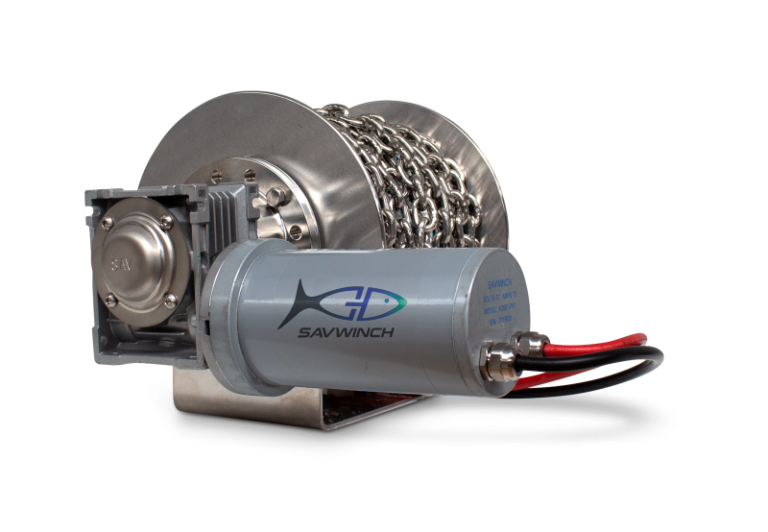Why Biocompatible Silicone Is Taking Over Medical, Tech & Consumer Products
If you’ve been keeping an eye on trends in global manufacturing, especially in healthcare, wearables, and food-tech, you’ve probably noticed something: silicone is popping up everywhere. But not just any silicone… No, we’re talking about biocompatible silicone. And it’s not by accident.
Industries are leaning harder into safer, longer-lasting materials. Silicone, with its mix of flexibility and resilience, has always had a strong reputation. But now— with rising awareness around health, cleaner ingredients, and tighter regulations— materials that are both body-safe and stable are getting more attention.
The global market has definitely taken notice. Demand for biocompatible silicone products is growing quickly, and projections show that trend continuing through the next decade. It’s no longer just about checking regulatory boxes; companies are designing products from the start with biocompatibility in mind.
Shifting into Everyday Life
Biocompatible silicone isn’t just for hospitals anymore. You’ll see it in baby products, personal care tools, and kitchen gear.
Parents are especially cautious about what touches their babies’ skin, or goes in their mouths. That’s why pacifiers, bottle nipples, and teething rings made with body-safe silicone are getting more shelf space. They’re non-toxic, free from BPA, and other sketchy stuff. No trade-offs.
The same goes for personal care. Silicone cleansing brushes, sleep trackers, earbuds, are all being designed with skin-friendly materials. No one wants a rash from their face roller or watch strap.
And in the kitchen? Think spatulas, baking mats, and reusable containers. Silicone is showing up more often, especially in countries where food safety rules are strict. If a material can handle contact with food and skin without leaching anything nasty, well, that’s a win-win.
Biocompatibility in the Medical Field
If there’s one place where this stuff really proves its value, it’s healthcare. Silicone’s role in the medical field is massive and growing. Think about all the gear that comes into contact with skin or even goes inside the body: catheters, implants, pacemaker leads, surgical tools. Those materials can’t just be tough— they need to play nice with human tissue. No irritation, no allergic response, no toxicity. That’s the bar. And silicone clears it.
It’s inert, stable inside the body, and doesn’t provoke immune reactions. That’s why so many devices are now made with medical-grade silicones tested under strict standards like ISO 10993 and USP Class VI. It’s kind of the gold standard for long-term contact.
Even outside surgery, you’ll find biocompatible silicone in wound dressings, tubing, and patient monitoring devices. And with more wearables entering the healthcare space, silicone’s role is expanding. It doesn’t absorb sweat, stays soft, and doesn’t irritate sensitive skin over time. Big wins across the board.
Regulation: Nudging the Shift
This whole shift isn’t just about consumer preference— regulations are also pushing it forward.
As more countries crack down on chemicals and unsafe materials, companies are rethinking what they use. Biocompatible silicone checks a lot of boxes, and more developers are building products to meet standards like USCP Class VI or ISO 10993, even outside the medical space.
Having clear testing benchmarks makes development smoother. Teams know what they’re aiming for early on, so there’s less last-minute scrambling to swap out unsafe materials. That’s helping biocompatible silicone become part of the design conversation earlier in the process.
Who’s Leading the Charge?
This demand isn’t isolated to one region. North America and Europe are definitely out front, partly thanks to strong healthcare systems and strict product rules. But Asia-Pacific is catching up fast, especially with the boom in consumer electronics and more focus on personal wellness.
Wearables are a perfect example. As smartwatches and health trackers become part of people’s daily routines, comfort and safety matter. Silicone is breathable, doesn’t trap sweat, and can handle long wear without breaking down. That’s exactly the kind of thing designers are prioritizing now.
A Quiet Push for Sustainability
Even though silicone isn’t biodegradable (let’s not pretend it is), its durability works in its favor. It lasts. A product that doesn’t need frequent replacing? That’s less waste, and fewer resources used long-term.
It also doesn’t release microplastics or leach chemicals, which makes it a safer choice in eco-conscious markets. More companies with ESG goals are swapping short-lived materials for something longer-lasting, and biocompatible silicone fits that strategy pretty neatly.
Recycling is still a challenge, especially in the medical space, but researchers are working on it. The hope is that in the near future, we’ll see more closed-loop systems or methods for reprocessing high-grade silicone safely.





